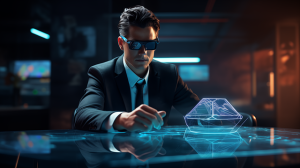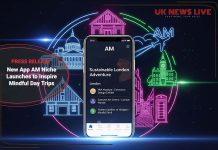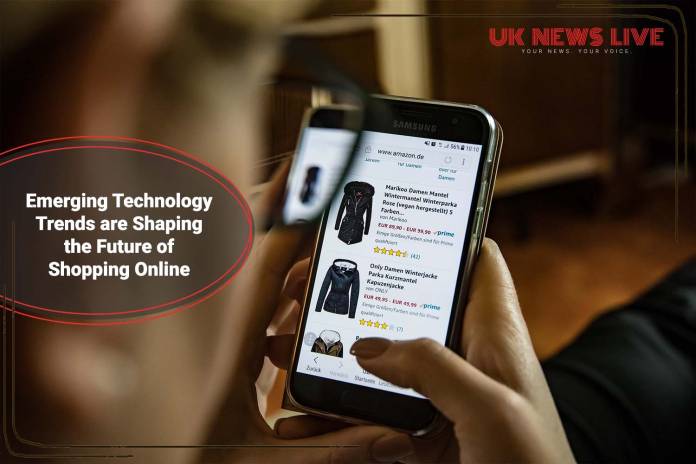The retail world is undergoing a dramatic transformation, thanks to the rapid advancement of technology.
This change is not just about the shift from traditional stores to online shopping platforms, but it also involves a complete change in the shopping experience itself.
Innovations in artificial intelligence, augmented reality, virtual reality, and the Internet of Things are at the forefront of this revolution, and they offer both challenges and opportunities to retailers worldwide.
In this article, we will explore how modern-day online shopping is evolving to make our lives easier whilst also benefiting the environment.
1. Personalising the Shopping Experience with AI

In online retail, personalisation is key to engaging customers and fostering loyalty. Artificial intelligence analytics are playing pivotal roles in achieving this by analysing vast amounts of data to offer personalised recommendations and services. Amazon, for instance, uses AI algorithms to suggest products based on browsing and purchase history, significantly enhancing the shopping experience.
Similarly, fashion retailer ASOS employs AI in online shopping to provide size recommendations, thereby increasing customer satisfaction. Implementation of artificial intelligence also allows retailers to understand consumer trends and preferences in real time. It enables them to stock products more effectively and tailor their marketing strategies.
2. Harnessing the Power of Big Data
Big data can easily be considered one of the pillars of the retail industry. Thanks to it, companies can have an overview of stock and products, and are able to adjust their operations in areas considered a priority. Walmart utilises big data to optimise its supply chain and inventory management to ensure that popular products are always in stock.
The power of big data extends beyond retail. Other industries, like online gaming, which adopts similar organisational strategies to the ones seen in the retail industry, have harnessed this technology to create better and more personalised experiences.
Personalised gaming, for instance, revolves around tailored recommendations based on individual gaming history, preferences, and circumstances. The platform analyses one’s gaming patterns, account status, and playing style to offer targeted promotions and implement personalised features.
Betting sites also follow a similar pattern. They incorporate a variety of factors to enhance user experience and make it more personalised, particularly when offering odds for major events, like Euro 2024 odds.
Big data has transformed flights and travel, as it has improved the process by providing a more convenient experience. Now, travellers can book flights to multiple cities, select seats, pre-order meals, and secure comprehensive travel packages from one website. This setup simplifies trip planning, allowing the booking of travel insurance, excursions, car rentals, and accommodations all at once.
These websites use big data to offer personalised travel recommendations and itineraries based on previous preferences and search histories. Integration with transportation services also enables the pre-booking of airport transfers or private rides.
3. Revolutionising In-Store Experiences with AR and IoT

Augmented reality and the Internet of Things are redefining in-store shopping experiences around the globe. They merge digital and physical worlds to create immersive online shopping experiences. AR allows customers to visualise products in their own space before making a purchase.
IKEA’s AR app, for instance, lets users see how furniture would look in their home making the decision-making process easier and more engaging. Similarly, cosmetic brands like Sephora also use AR for virtual makeup try-ons. IoT technology further enhances the in-store experience by connecting various devices to streamline operations and improve customer service.
Smart shelves equipped with weight sensors can notify staff when items need restocking, while beacon technology can send personalised offers to customers’ smartphones based on their in-store location.
4. Leveraging Technology for Efficient Operations and Sustainability
Technology offers solutions to both efficiency and sustainability which are the main concerns of most retailers. AI and IoT, in particular, are instrumental in streamlining operations, from supply chain management to energy use.
Amazon’s use of robots in its warehouses is a prime example of how technology can increase efficiency. These robots automate the picking and packing process, reducing the time it takes to process orders and ship them to customers.
Sustainability is another area where technology is making a significant impact. The brand Patagonia, for instance, uses blockchain technology to trace the origin of its products and ensure that any risk of fraud is prevented.






























